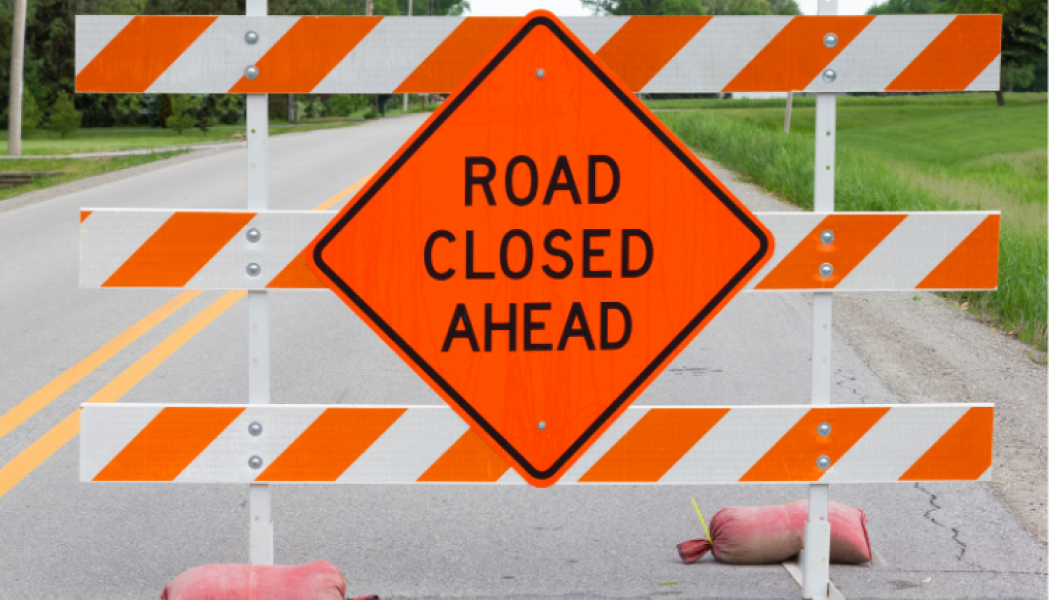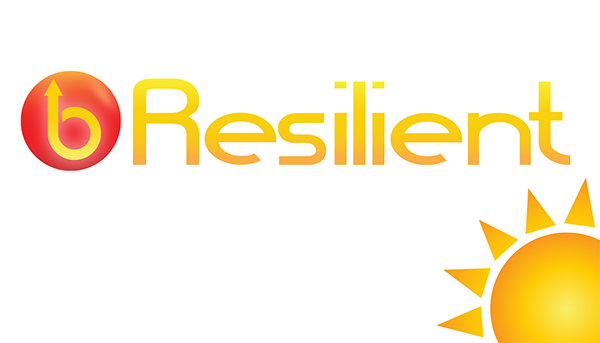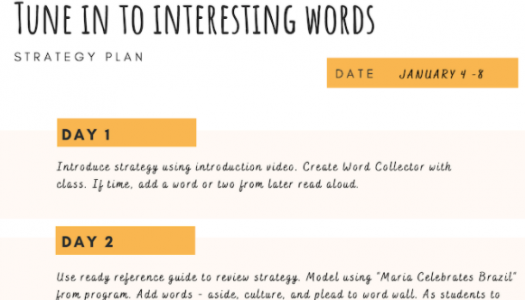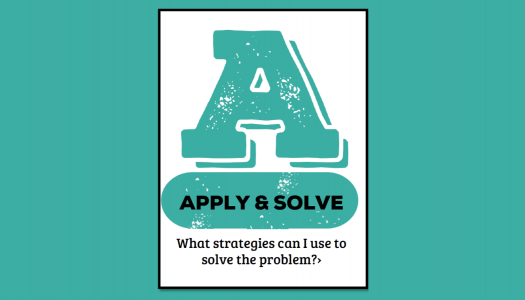
Allison Behne
To say that I am directionally challenged is an understatement. When giving me directions in the form of north, south, east, or west, someone might as well be speaking a foreign language. That's why in-dash navigation (GPS) is one of my favorite inventions. The ability to type in a destination point and have step-by-step directions, along with a picture map to serve as a guide, is priceless. This amazing invention has kept me from getting lost many times, has reduced my stress level, and has helped me save time. It is great, except for when the unexpected arises.
For me, the unexpected came when I was driving down country roads taking my dog to the kennel. While following the only route I know, which I have taken many times before, I came across a sign: "ROAD CLOSED 5 Miles Ahead." Great. Now what? I went to my GPS so it could reroute me. Unfortunately, it could not identify where I was and was powerless to help. I called my husband, who used his phone to find my location and patiently directed me using terms I understand—right, left, and go straight. The alternative route helped me avoid what could have been an afternoon being lost on a dirt road between cornfields in Iowa.
That is the beauty of the CAFE Menu for readers who are navigating text. It prepares them for unexpected challenges and keeps them from getting lost. For example, when students come to a word they don’t know, they have many options for figuring it out. If Flip the sound doesn’t work, they can immediately go another route—Look at the picture, Chunk letters and sounds together, or Blend sounds; stretch and reread. The CAFE Menu provides a multitude of ways that readers can access comprehension, accuracy, fluency, or vocabulary. And if they do reach what they determine to be a "dead end," they too can ask for help and they will have a patient teacher willing to guide them through it step by step. What a priceless tool for our developing readers.
News From The Daily CAFE
Strategy Instruction Planning Forms
Math Menu—Apply (and solve)








